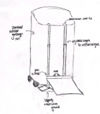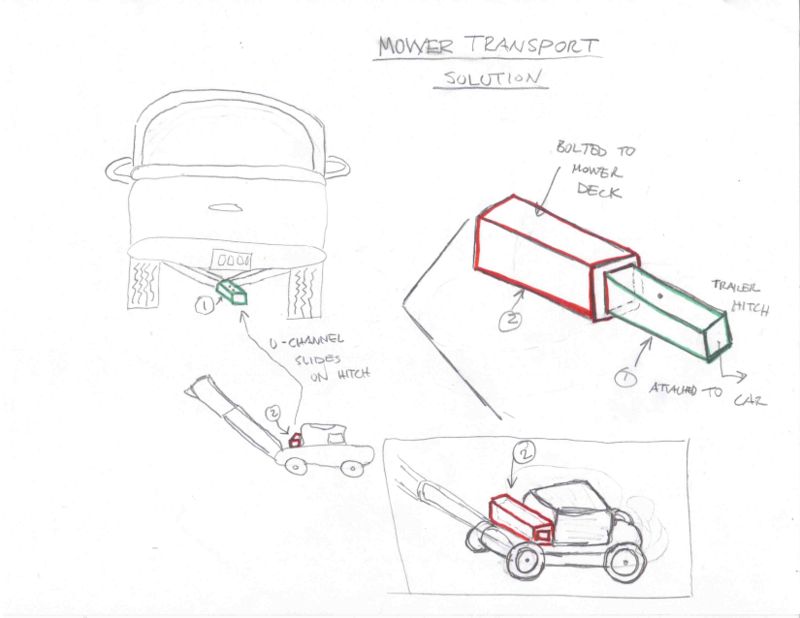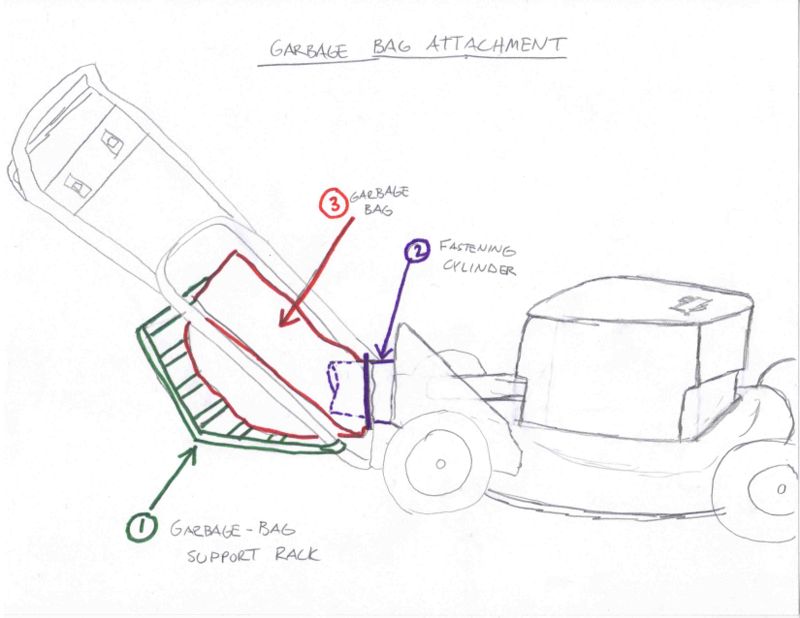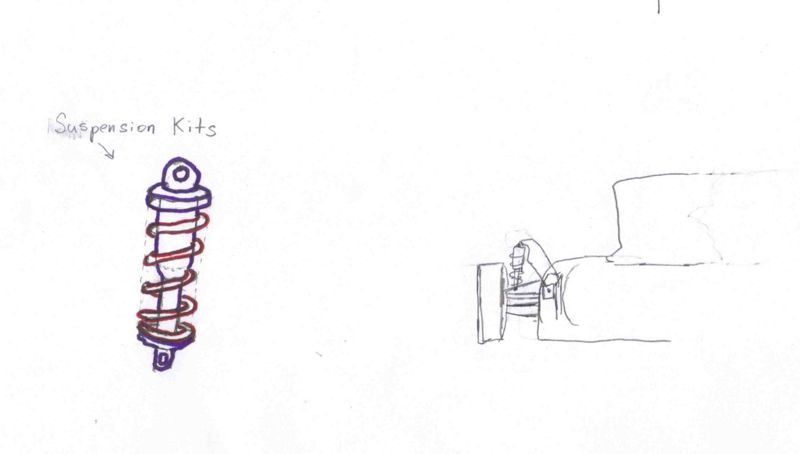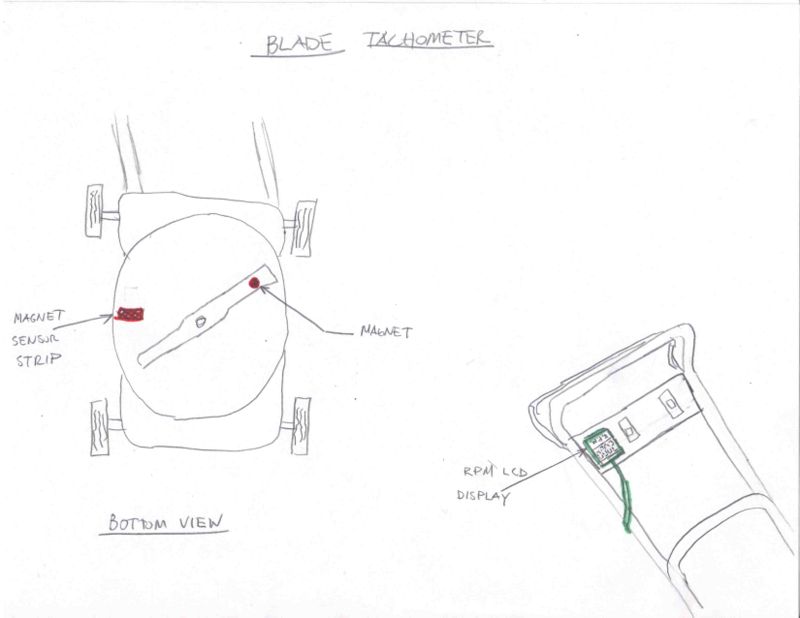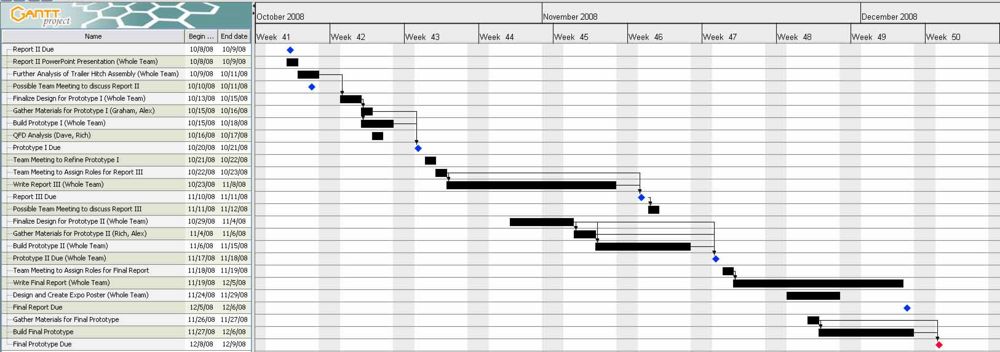Self propelled lawnmower redesign
From DDL Wiki
Contents |
Executive Summary
Customer and Stakeholder
Graham
Research
In our attempts to find areas for innovation we sought out different sources to diagnose problems with the current lawnmower design. Our first test involved the four members of the group. Each of us was given the opportunity to use the mower in a variety of common situations. These situations included mowing high grass, short grass, uphill, downhill, etc. Instead of immediately discussing our opinions and observations we wrote them down so that we would each have an unbiased opinion. We then compared the results and diagnosed the crucial problems. We discussed possible solutions to these issues and compiled a list. The key ideas were isolated and these became the ones that we will focus on. The next step in our market research was to go out and ask people who deal with lawnmowers everyday what problems they commonly saw. We went to a local lawnmower service and repair center to speak to experts about the project. We asked them what aspects of the lawnmowers they commonly complain about and their suggestions for improvements. They seemed to find the same problems as we did in our initial test and had very similar solutions. We showed them our ideas for innovation and asked for their honest opinions on feasibility. They liked some of our ideas a lot while others they said would probably not work or they had seen similar solutions that didn’t work. After performing this market research we were able to narrow it down to four design concepts. These concepts are all a direct response to complaints of the stakeholders and seek to resolve key issues with the lawnmower. They all seem to be feasible and within the scope of this course and our resources.
Brainstorming
Design Concepts
After our brainstorming process we began to narrow down our ideas. We weeded out some of the impractical and unfeasible ideas. We then picked some of our better solutions and arranged them in a chart based on the problem they helped resolve.
| Vibrations and User Comfort | Bagging System | Long Grass / Stalling | Maintenance and Cleaning | Transportation and Storage | Safety |
|---|---|---|---|---|---|
| Pneumatic Tires | Garbage Bag Attachment | Engine Tachometer | Self Cleaning Deck | Mower Hitch Attachment | Key Ignition |
| Front and Rear Suspension | Grass Compactor | Blade Feedback Control | Self Sharpening Blades | Snap-together parts that can be easily disassembled | Push-Button Starting |
| Rising/Retracting Turning Castor Wheels | Rotating Discharge Chute | Low R.P.M. Warning Light | System Run Timer | Foreign Object Recognition | |
| Air Suspension | Carbide Blade Tips | Dashboard with System Check Lights | Brakes/ Wheel Locking Mechanism |


